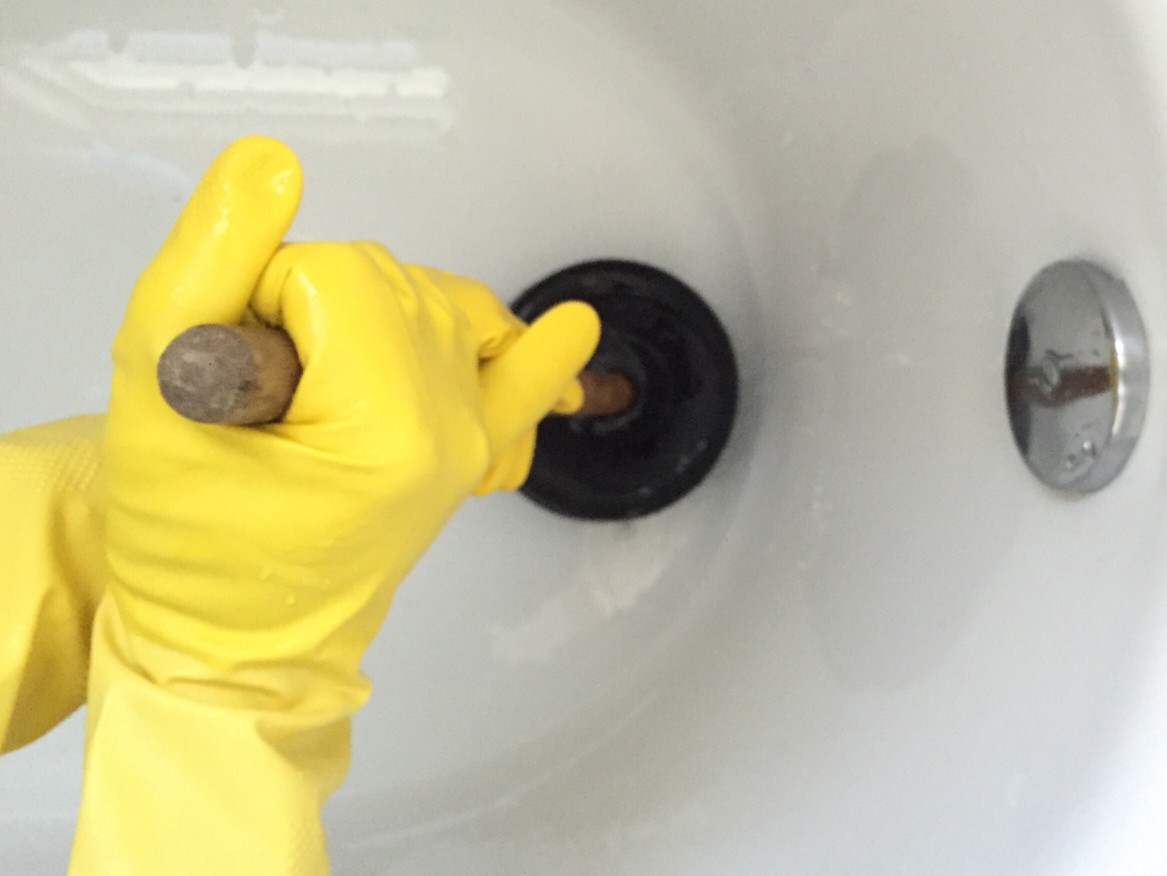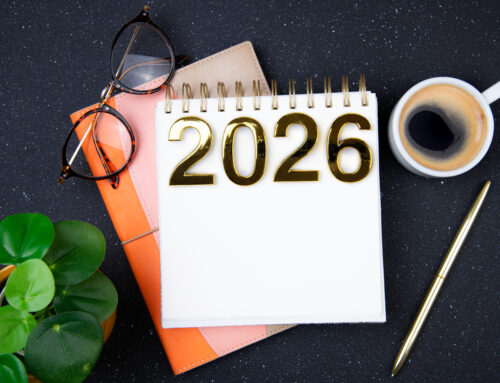
Much of the success in communications and marketing work is creating smooth workflows and eliminating bottlenecks in those flows.
Marketing and communications bottlenecks can look like
- People missing deadlines or otherwise not doing what they said they would do
- Technology being too slow or cumbersome
- Fear, worry, and uncertainty about moving forward
- Flat-out too much going on, creating backlogs
Ready to work through the bottlenecks in your processes?
First, you have to understand the workflow and exactly where in the process the bottlenecks are. I suggest you visually draw out the process on a whiteboard, with post-it notes, in Powerpoint, or wherever you choose. But draw it out, step by step, and with connecting arrows to show the flow. Then circle where the bottlenecks are.
Now that you know where the bottlenecks are, you can try a few different approaches by asking these questions.
1. Are you trying to do too much in that step? Maybe breaking down that step into smaller pieces will help you unravel the knot.
2. Can more work be done upstream? If the bottleneck is there because the quality of the work is an issue, for example (like someone who believes a great deal of editing is needed), then spending more time earlier in the process to create a better product before it reaches that stage could help.
3. Are you giving too much information and making the person wade through too much to get to the action? I can’t tell you how many times someone has complained that they only need a Yes or No answer from their boss but then show me an email that is seven paragraphs long. Simplify as much as you can!
4. Does the person at this bottleneck have the capacity (time, skill, confidence, interest, willingness) to do this work? What you are asking the person in the bottleneck to do may simply be a mismatch with what they are actually capable of doing.
5. Can you speed up the process with better automation or technology? For example, if you spend a lot of time downloading and reformatting and uploading mailing lists because your CRM and your email systems don’t play nicely, that’s a problem that can be addressed through better software or better integrations.
6. In your workflow, where are work products spending the most time? In what stages, or with which people? Try to understand what is going on there and what supportive approaches could speed up that process.
7. Where in the process can you build more skills or more trust, so that people who are bottlenecks are more willing to let go? These can be hard conversations to have, but for the sake of staff productivity and happiness and ultimately for mission success, you have to have them.
8. Would setting a time limit help? Setting timing and deadlines around review rounds can be very helpful. At dates or times certain, the project will move to the next phase with or without the work from the person at the bottleneck. This will often encourage deadline-driven people to stop procrastinating and to do the work.
9. Would batching work differently speed it up? If you are asking someone to make 10 different decisions, but in reality, 6 of them are very similar, perhaps grouping those six things into one decision will speed things up. Grouping like work is also faster. It’s faster to create 5 different social media graphics in one sitting than it is to create one graphic each day.
10. How can you make the workflow more predictable? Anything that feels custom or specialized will always take more time because it feels like something new to learn and sort through. The more repetitive or predictable things feel, the more comfortable we get, allowing us to move more quickly.
It may take several attempts and conversations, but using these questions will help you plunge that blockage right out of your workflow!






